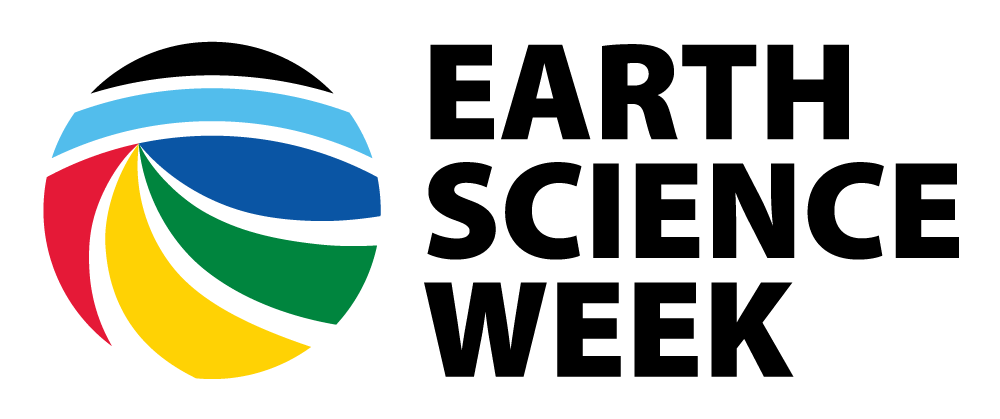Groundwater on the Move Activity Source: Adapted with permission by Bureau of Land Management.
Water that accumulates beneath the surface of the Earth is called groundwater. Contrary to popular belief, groundwater does not form underground “rivers,” but is actually found in the small spaces and cracks between rocks and other material such as sand and gravel. Groundwater supplies about 38 percent of the water used for agriculture in the United States.
[Read More]
Grow Your Own Crystals
Grow Your Own Crystals Activity Source: Source: Mineralogical Society of America.
Adapted with permission.
Most minerals happen naturally as crystals. Crystals are made of specific atoms or molecules joined to make distinctive repeating patterns. The crystals that make up many kinds
of minerals are formed deep underground through the interaction of fluid, pressure, and temperature. Some minerals form at or near the surface. You may have seen spectacular mineral samples in museums, but you might not be aware that minerals are everywhere, including in your body.
[Read More]
Hands-On Experiments to Test for Acid-Mine Drainage
Hands-On Experiments to Test for Acid-Mine Drainage

Activity Source:
U.S. Geological Survey, Open-File Report 00-369, ONLINE ONLY, Version 1.0
Click on the link below for the .pdf file of this classroom activity.
How Can You Test Your Soil?
No Child Left Inside Activity How Can You Test Your Soil? Grade Level: 5-9 Earth and Life Science Activity Source: Soil Science Society of America, 2006. Adapted with permission.
Background We walk around on soil all the time, but how often do we think about what’s in it? If you have ever looked closely at soil, you probably saw that it is made up of various types of particles and has various materials mixed in with those particles (rocks, twigs, water, air, worms, insects, and much more).
[Read More]
How Dangerous Are Tsunamis?
How Dangerous Are Tsunamis? Activity Source: Adapted with permission by Geological Society of America. Imagine playing beside the ocean, when suddenly, the water drops. Where the water used to be, there are wriggling fish and ribbons of seaweed. What do you do?
You could be seeing the first sign of a tsunami ─ a long wave formed in the ocean when the sea floor moves suddenly. Most tsunamis happen because of large earthquakes on the ocean floor.
[Read More]
How Does a Solar Eclipse Affect Air Temperature?
How Does a Solar Eclipse Affect Air Temperature? Activity Source: National Aeronautics and Space Administration. Adapted with permission.
Most everyone has experienced the cool relief provided by shadows and clouds on a hot day. You may have even done experiments that measure the difference in air temperature between areas with direct sunlight and areas shaded by trees or other objects. How would a solar eclipse affect air temperature?
MATERIALS Phone, tablet, or computer with internet access Safety Note: Remember to never look directly at the Sun without proper safety equipment
[Read More]
How Much Soil Is There?
How Much Soil Is There? Activity Source: Adapted with permission by the Soil Science Society of America from Oklahoma Ag in the Classroom.
Background All living things depend on soil to live. What are some of our important natural resources? Your answers might include materials such as oil, water,
coal, trees, animals, and gold. All of those areimportant natural resources, but we often forget to mention one of our most important natural
[Read More]
How Natural Gas Forms
How Natural Gas Forms Activity Source: American Association of Petroleum Geologists.
Adapted with permission from American Geosciences Institute in collaboration with Project SEED.
Think about the energy you use every day to cook, cool your home, or travel. For most of us, the main sources of this energy are fossil fuels: coal, oil, and natural gas. Whether used directly, as gasoline, heating oil, or natural gas, or to generate electricity (by burning coal), fossil fuels are a big part of the world’s energy picture.
[Read More]
Hurricane Tracking
Hurricane Tracking Activity Source: Developed from the National Hurricane Center Website.
Background Hurricanes are tropical storms that have a sustained wind speed greater than 74 miles per hour. They can deliver intense rainfall and record flooding. An average of 10 tropical storms develop in the Atlantic Ocean, Caribbean Sea or Gulf of Mexico each year, and an average of six of these become hurricanes. In the western North Pacific, hurricanes are called typhoons, and similar storms in the Indian Ocean are called cyclones.
[Read More]
Identifying Your Watershed
Identifying Your Watershed Activity Source: Water Use In Vermont - An Activities Guide For Teachers (United States Geological Survey)
Goal To identify the (1) watershed you live in, (2) source of water used at home, and (3) pathway of surface runoff in your watershed.
Look at the watershed maps of your state to answer the following questions:
In what town do you reside? Locate your town on the town map. Locate your watershed on the town map.
[Read More]
